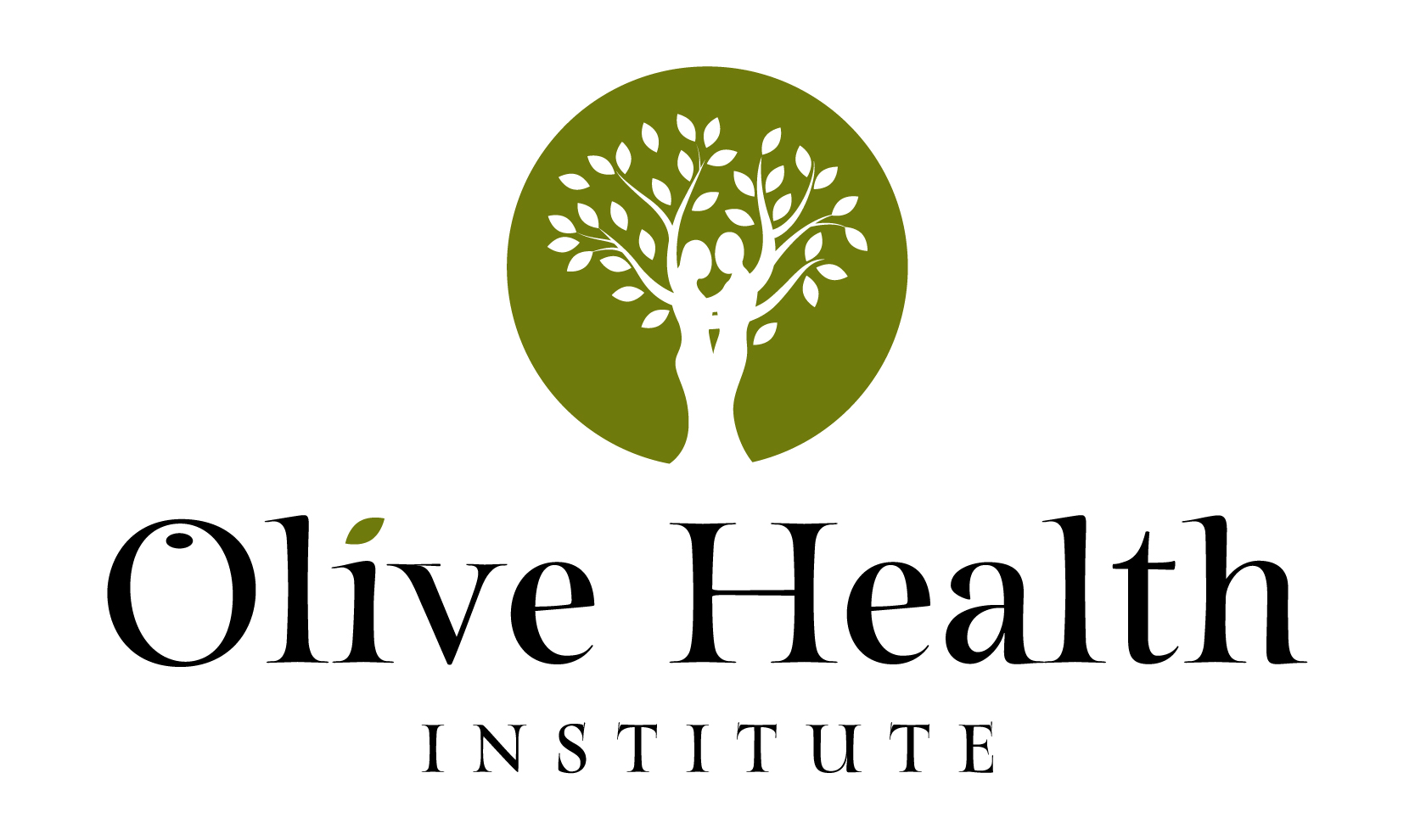Olive leaves: the silent power of the olive tree
Not only the oil, but also the leaves of the olive tree have a long history as a source of health. Olive leaves have been used for their medicinal properties since the time of the ancient Egyptians. They are also mentioned in the Bible.
Today, a growing number of scientific studies are confirming what people in the Mediterranean have known for centuries: olive leaves contain a unique blend of bioactive compounds that can contribute to our health and well-being.
Very recent studies on the residual products from olive oil production show that they contain high levels of polyphenols. Hydroxytyrosol, in particular, has been shown to be present in olive oil wastewater and olive pomace.

What's in the olive leaf ?
Olive leaves are rich in natural antioxidants and polyphenols. The two most important compounds are oleuropein and hydroxytyrosol, both known for their powerful anti-inflammatory and protective effects. Other valuable components include:
> Routine
> Catechin
> Luteolin
> Diosmetine
> Tyrosol
> Verbascoside
> Caffeic acid
> Vanillic acid
Together, these substances protect the body against inflammation and free radical damage, the culprits in aging and chronic diseases.
How are olive leaves used?
Olive leaf extract contains concentrated active ingredients from the leaf. It is often used as a natural tonic to support the immune system, cardiovascular health, and as an antioxidant.
A natural ally for your health
Olive leaves are much more than just waste material from the tree. They're a powerful and versatile ingredient, with an impressive plant-based compound profile. Whether you choose a tea, supplement, or personal care product, the olive tree provides more than just oil.


